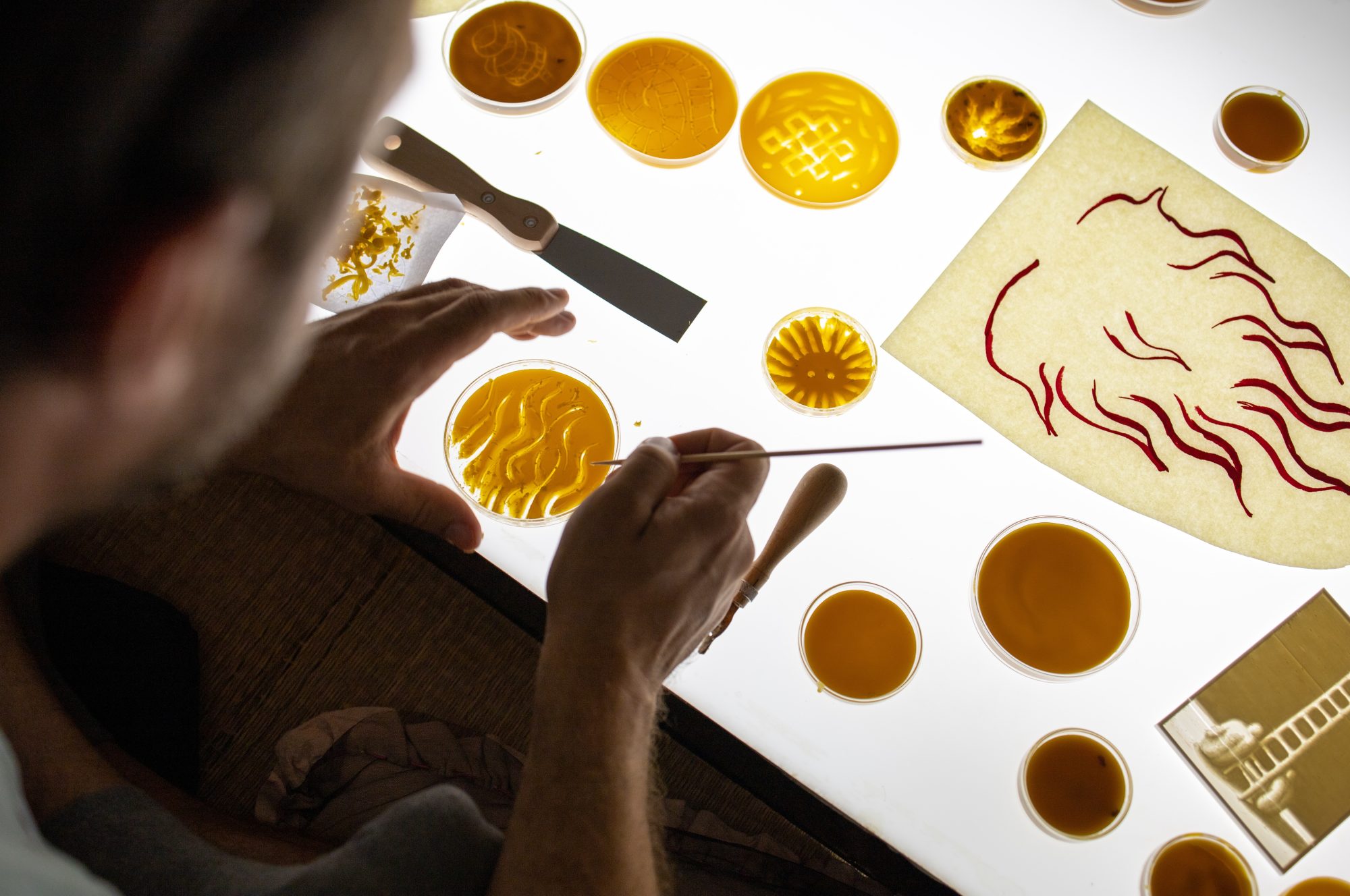Paramita⌇To Reach the Other Shore took its participants on a journey across the centuries, different continents and mediums to unearth the roots of light-based imagemaking. The workshop was held on 29th June 2024 at the Hopp Ferenc Asian Art Museum, Budapest, Hungary.
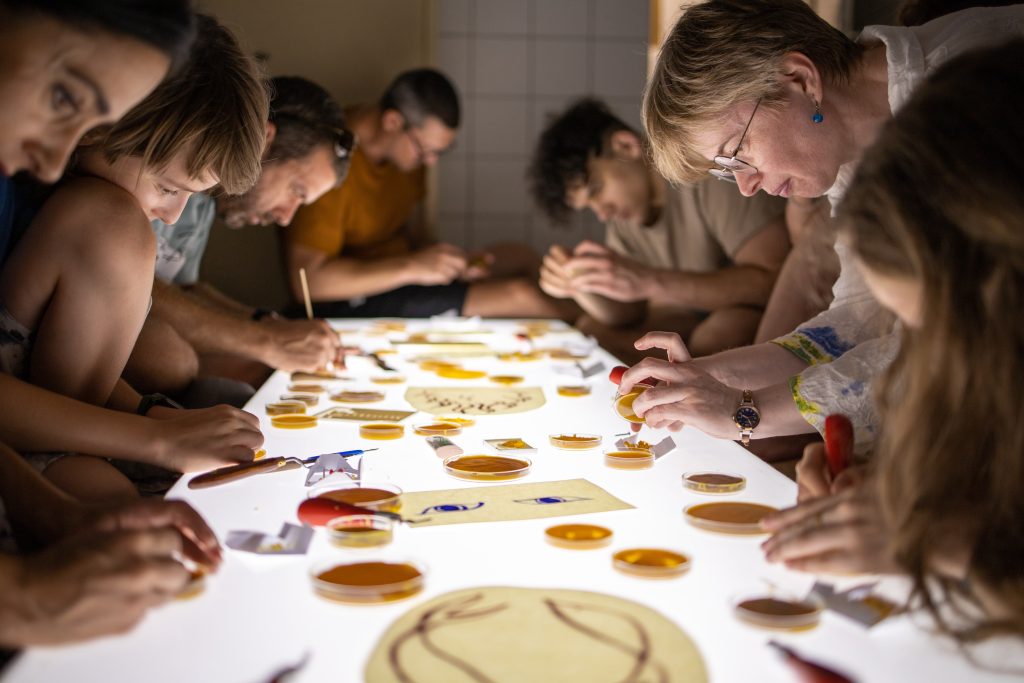
Reflecting on the 15th-century Asian influences that resulted in the birth of European lithophanes, themes of light, immateriality and shifting of states in Buddhist iconography were discussed. Participants were invited to experiment with the tactile process of transforming beeswax disks into lithophane images, as a reflection to the Chinese an hua porcelain roots of this technique. This echoes the forgotten manufacturing stage of 19th century lithophane production in which the images were craved into wax before being used as a press for slabs of porcelain. Plain sheets of porcelain were pressed onto the wax block to take its shape, which was then fired to produce a finished lithophane. The beeswax images, on the other hand, remained a by-product of the process.
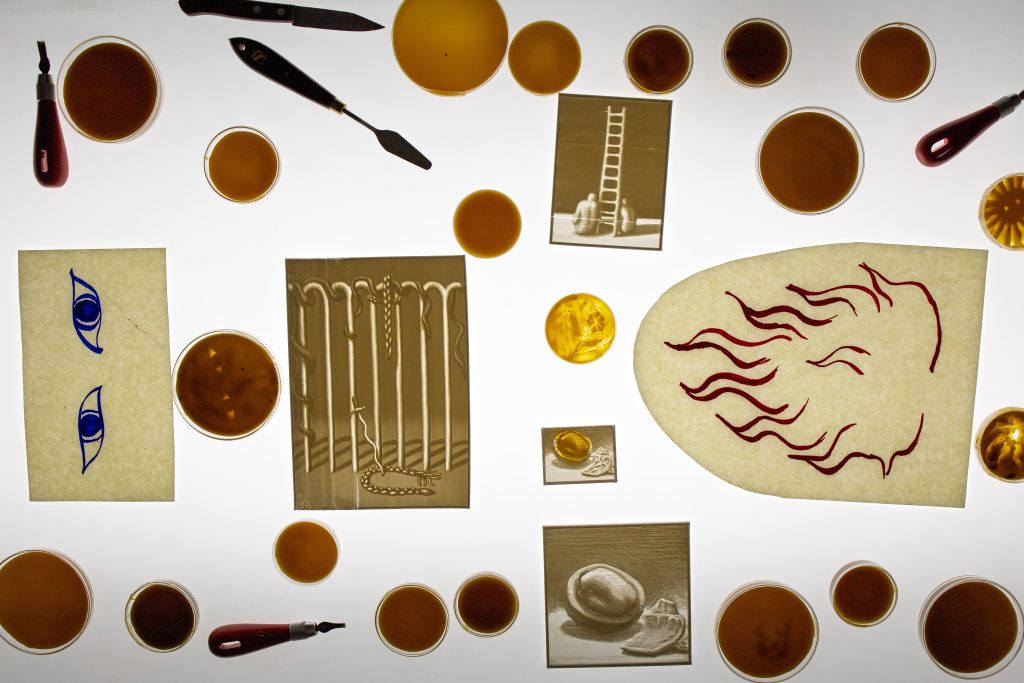
In contrast to the time-consuming and automated process of contemporary 3D printing lithophanes, beeswax carving offers a more hands-on and playful method to create images.
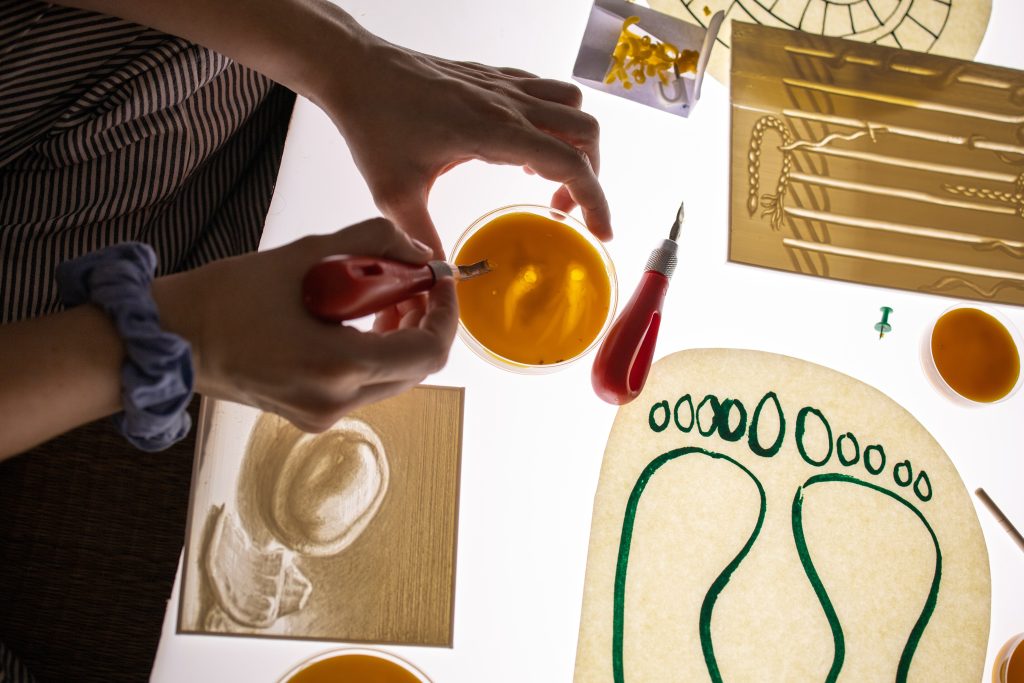
The Paramita workshop was held at Hopp Ferenc East Asian Art Museum, Budapest, Hungary as part of the Dharma Workshop Series organised by Aliz Farkas. The workshop was based on conversations with the museum’s Györgyi Fajcsák and Judit Bagi, sinologists and visits to its archive.
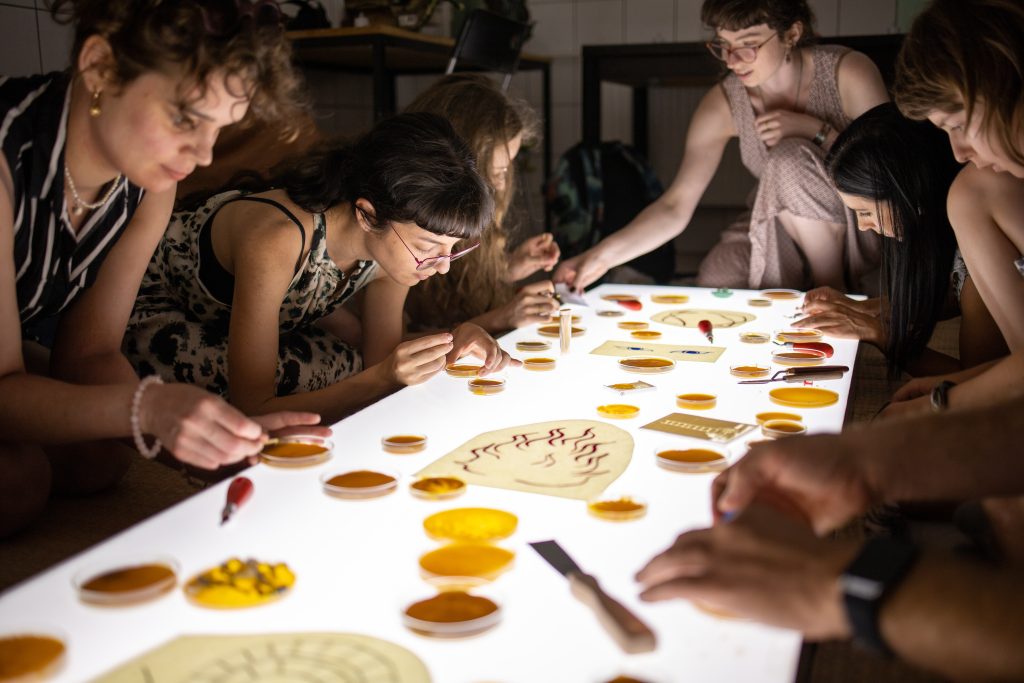
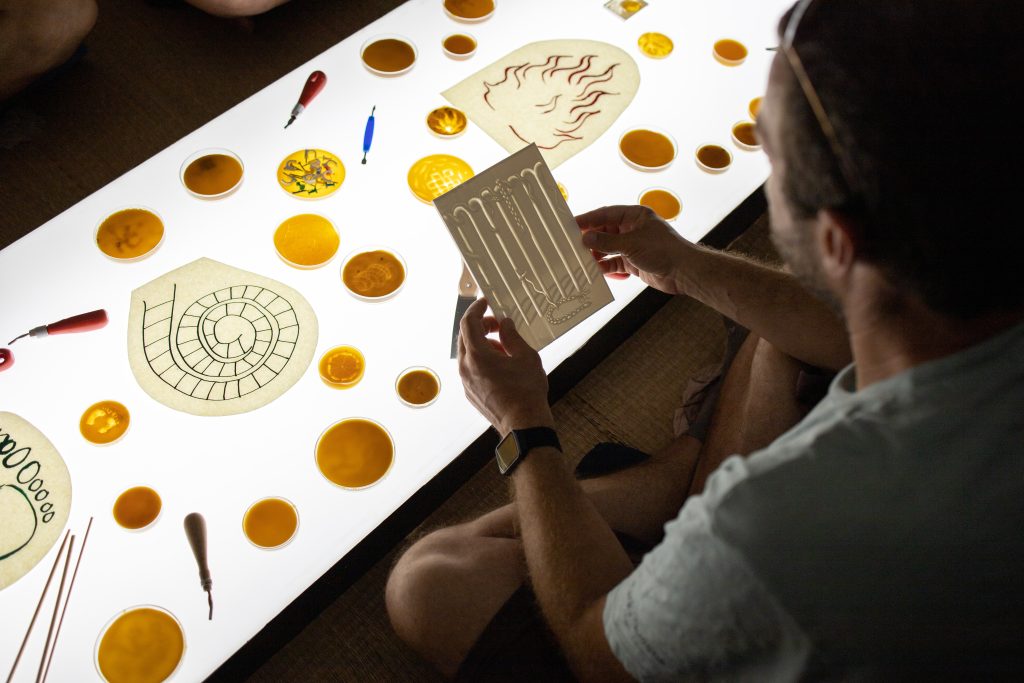
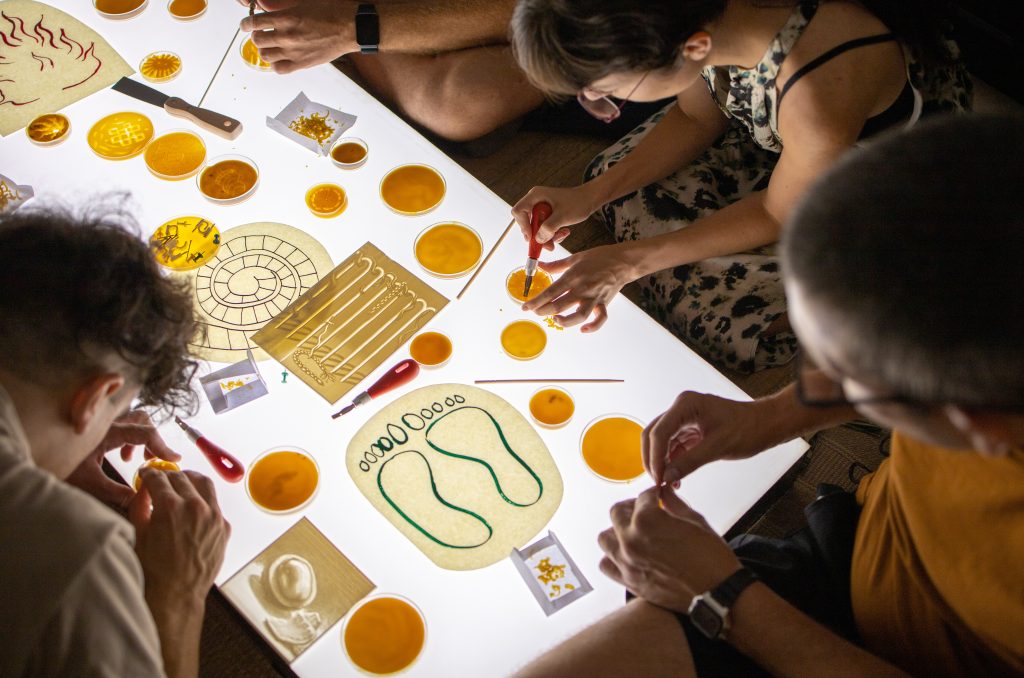
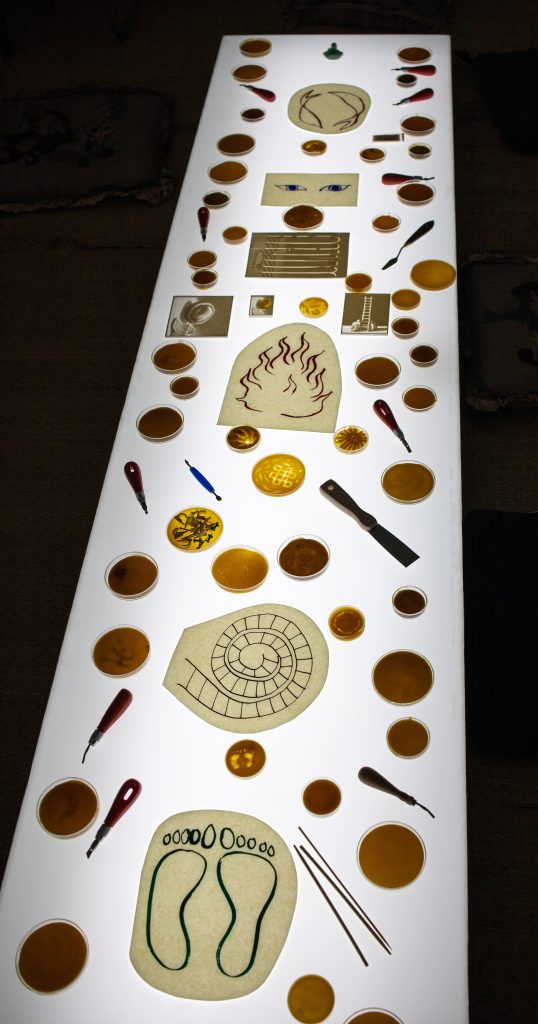
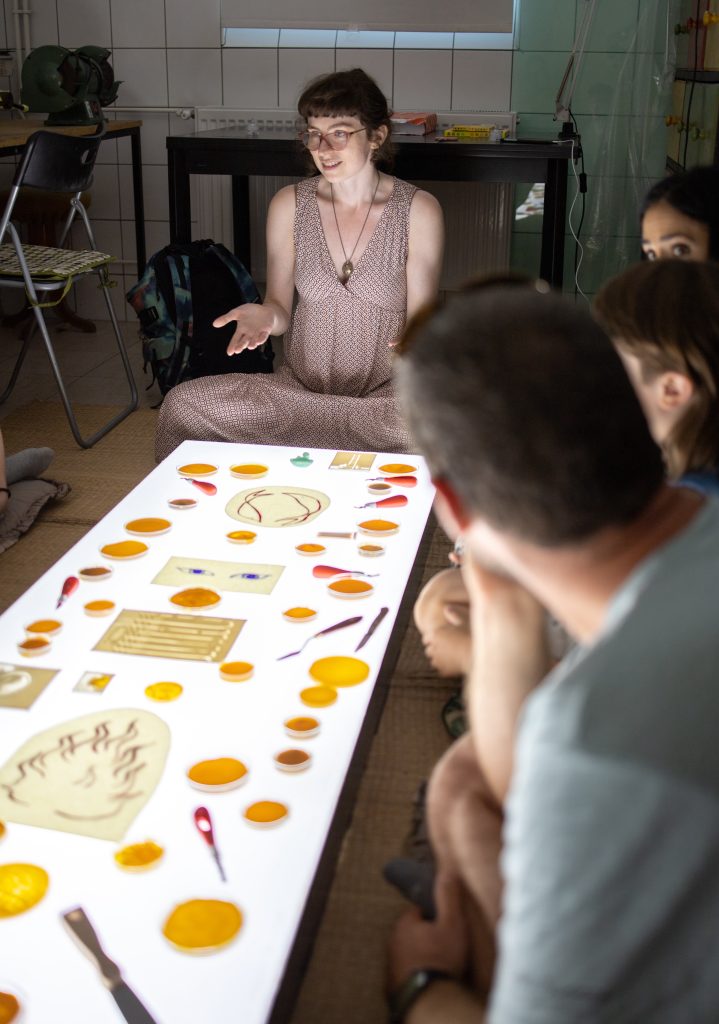
Photography by Péter Tamás Sági
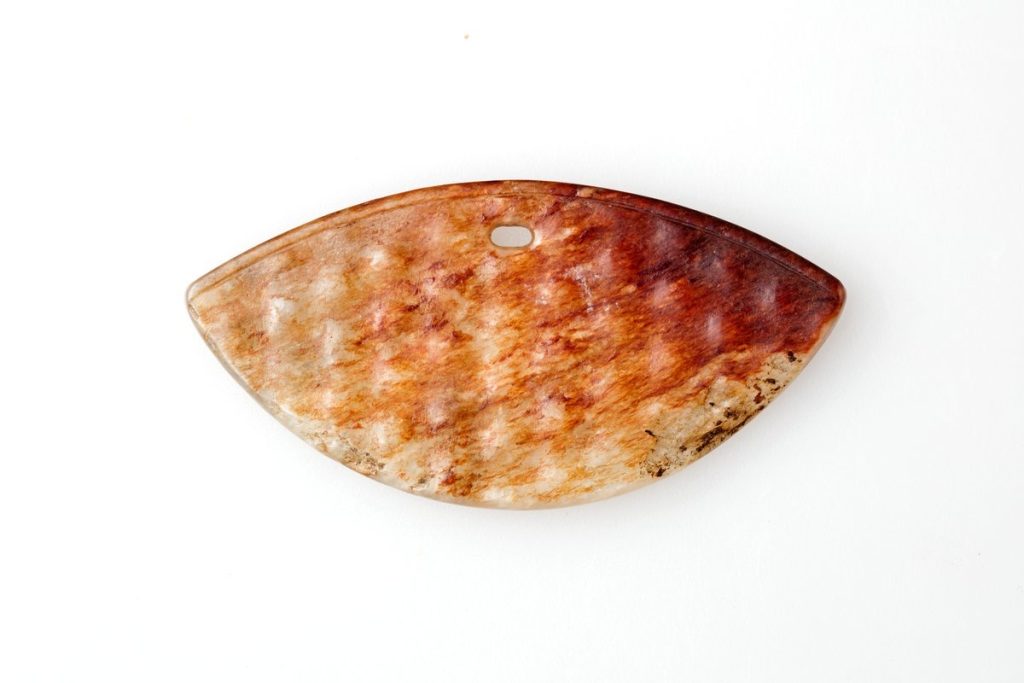
Collection of the Hopp Ferenc Museum
